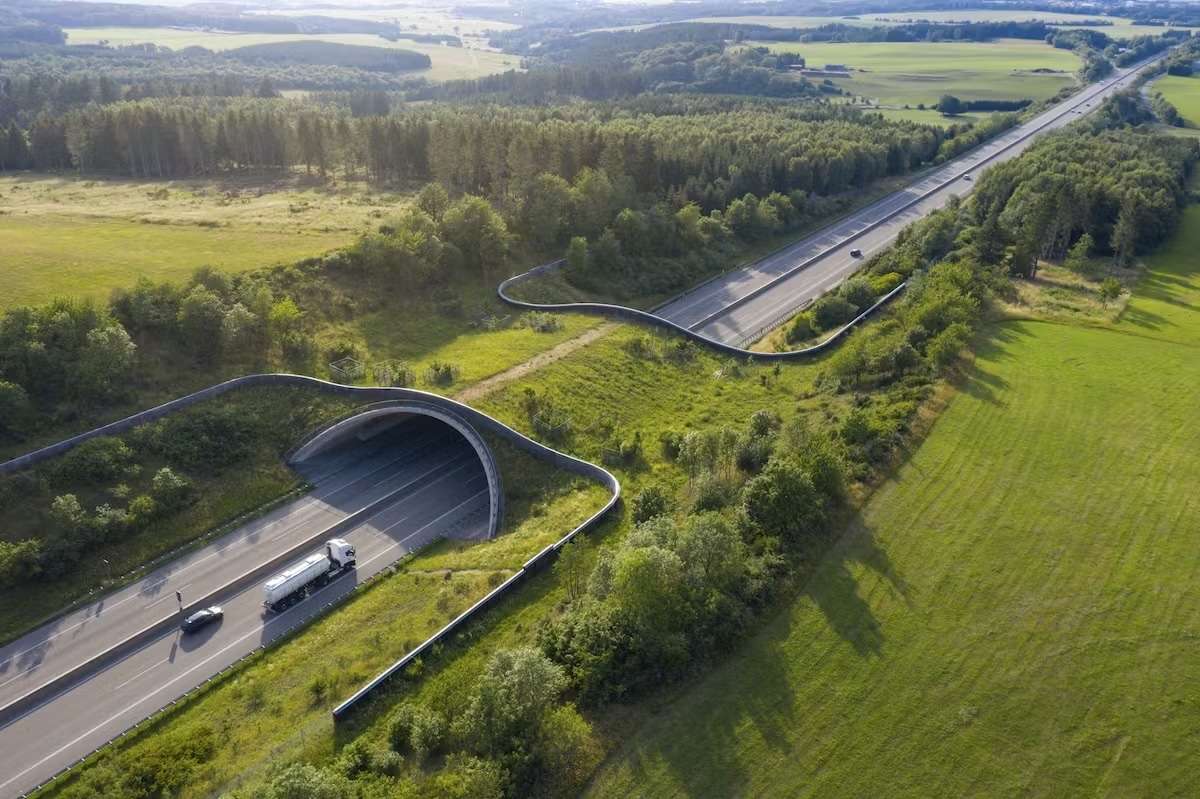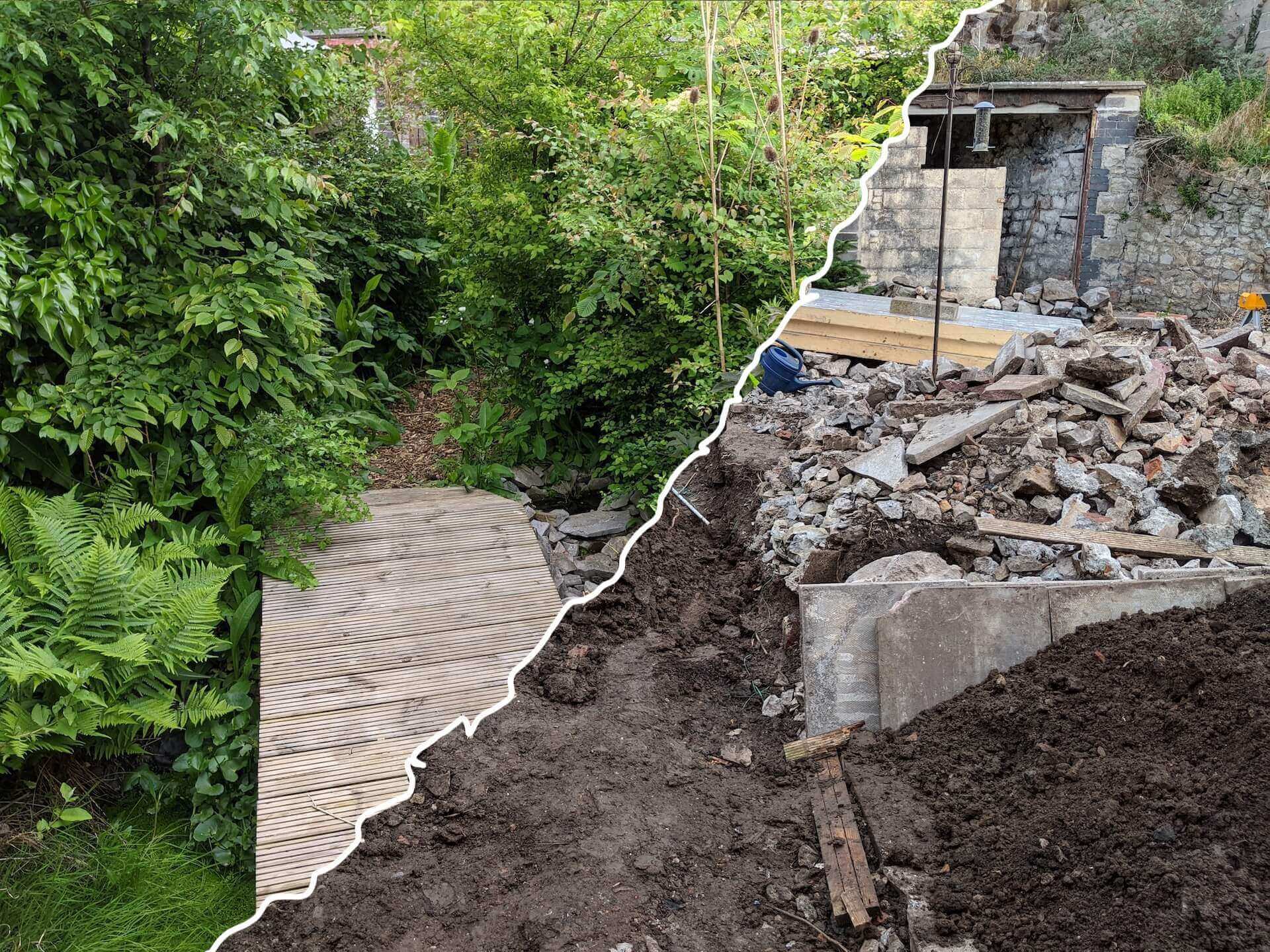Reforestation
Reforestation is the process of restoring forests that have been degraded or lost, helping to rebuild ecosystems, sequester carbon, and support biodiversity. Planting native trees in deforested areas can improve soil quality, regulate water cycles, and provide habitats for a wide range of species. And when done with a rewilding approach, reforestation goes beyond planting trees: it’s about creating functioning, self-sustaining native ecosystems. Rewilding-driven reforestation also focuses on native species, ensuring that the forest reflects the original biodiversity of the area. In contrast, traditional reforestation often prioritizes the quick regrowth of green cover with a focus on timber production or carbon sequestration, sometimes using non-native species or mono-culture plantations. While it helps restore tree cover, traditional reforestation does not always address the full ecological complexity needed for long-term resilience. Rewilding-driven reforestation, on the other hand, prioritizes ecological complexity, encouraging the return of vegetation and animal species that once thrived in the area, ensuring that forests become resilient biodiverse systems that can thrive in the face of climate change.
.jpg)





















.jpg)













